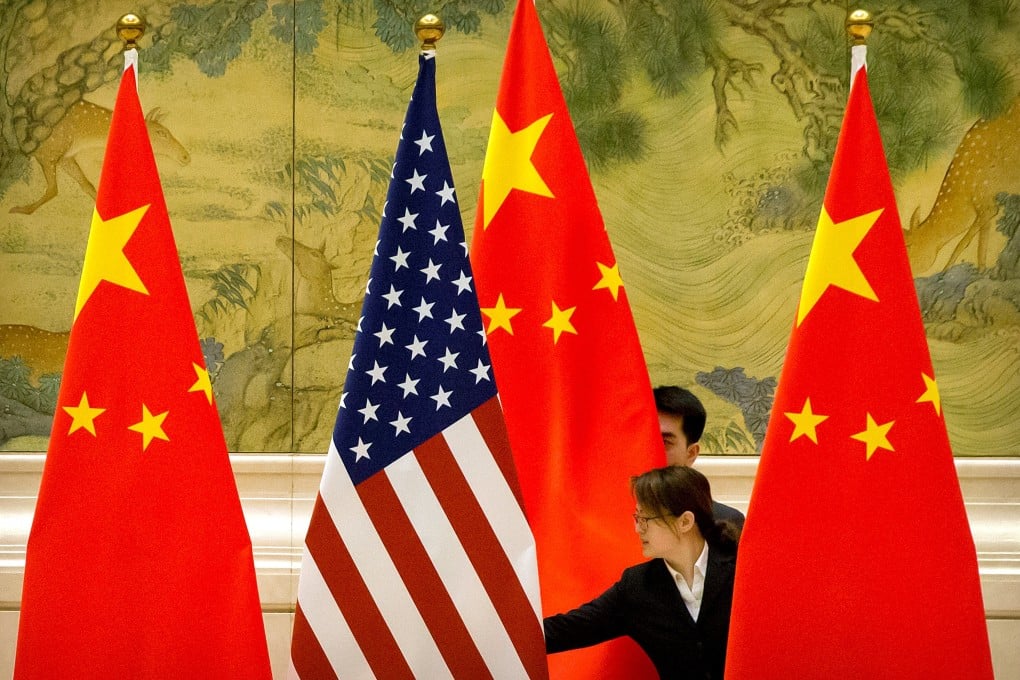US-China partial decoupling is inevitable, and must be carefully managed to minimise disruption
- In a US election year with the global economy battered by Covid-19, deteriorating relations between the two biggest economies have little hope of being mended
- Given the political realities, constructive dialogue won’t be possible until after a newly elected US administration is inaugurated in January 2021

As 2020 commenced, White House political calculations on trade, China and President Donald Trump’s re-election campaign appeared firmly on track. The three-step political strategy was clear. First, present China as a country which has broken trade rules for decades, taking advantage of the naivety of previous US administrations to achieve its unprecedented economic rise.
Second, after pursuing a “get-tough” policy, including substantial punitive tariffs, conclude a phase-one trade agreement that obliges China to significant purchases of US products. Third, as US exports to China surge in the run-up to the election, position the US-China trade relationship as yet another “problem” that had been “solved” by Trump, and reap the political pay-off.
The strategy was entirely plausible from a purely political point of view. But the coronavirus pandemic has now completely upset the political apple cart, forcing an abrupt change in course.
This would require a 41 per cent increase in US exports to China, but in the first quarter of this year, US exports to China actually dropped by 10 per cent compared with 2019.

